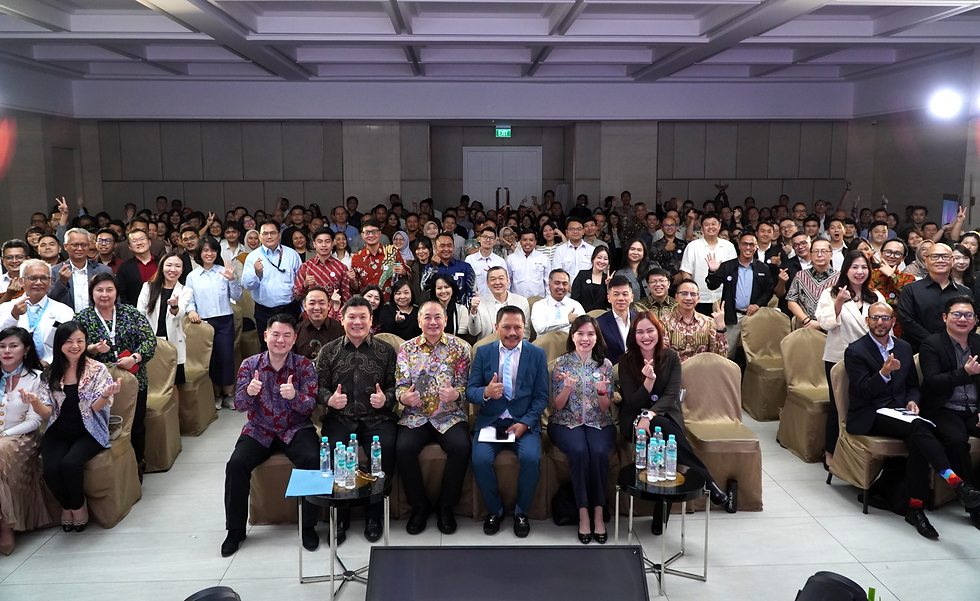Face-to-Face Time with Your Team Still Matters
- TechConnect

- May 10, 2023
- 2 min read

Picture Source: freepik
While conventional face time is disliked, we shouldn't equate it with all face-to-face engagement or we will miss a crucial point: Interacting with people helps us grasp what they care about. All of the little indications we pick up from others — gestures, tone of voice, energy — help us understand their motive and message.
These are visibility solutions for hybrid or entirely remote teams.
Make hybrid in-office days about communicating key messages in person.
Companies are getting better at using in-office days, but there are still too many complaints about being one of the few people in the office, having to sit at one's desk and videoconference, or having days that are jam-packed with in-office meetings. Coming into the office seems like poor face time since it is unproductive.
Leaders should regard office days as communication days. One of the best uses of this time is to discuss key subjects where context and clarity are critical. Ask employees ahead of time what they are lacking from leadership contacts, and plan your time accordingly. Individual and group meetings, office hours, and walking the halls may all be part of your in-person time. Fewer days in the office with entire teams present (a hub day) are preferable to a few persons on different days. Having a strong team presence in the workplace will facilitate two-way communication.
Manage your body language.
We don't typically practice delivering more mundane messages, which is to our detriment. You don't have to feel self-conscious or over-rehearsed. Begin by determining your purpose before a meeting or talk, such as instilling calm or generating excitement. Then, during your talk, check in with yourself to ensure your body language is responsive and in sync with your message. For example, if you want to convey excitement, you should be lively and smile.
Use your energy strategically.
Leaders must realize this and channel their energy in front of their teams strategically. We can use energy to bring others along since it lives on a continuum. This is especially important when communicating difficult messages, assuaging uncertainty, or securing buy-in. This is why any complex message is better delivered in person, but in virtual settings, energy matters just as much or more.
Source: HBR





AAA